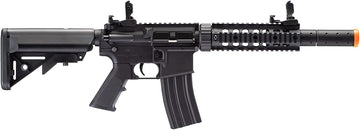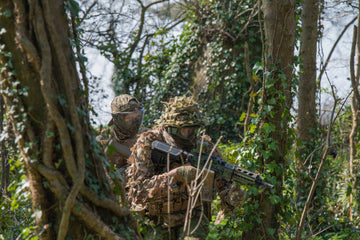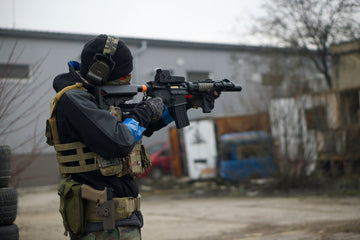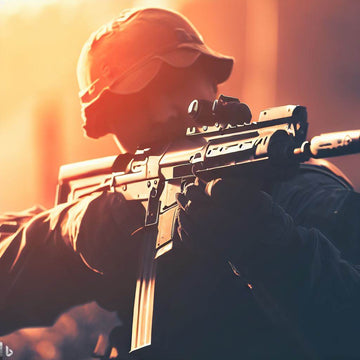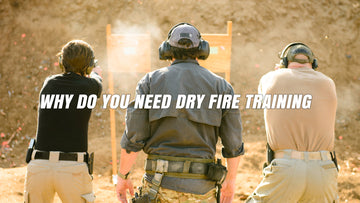
Why do you need dry fire training
If you still think practicing gun only at the shooting , then you are totally wrong! Dry Fire is a training which many firearm players usually do. It can save money of real bullets , also practice at home, besides it is an important part for beginners to build a good foundation for shooting.

- What is Dry Fire
Dry fire is to treat it as a loaded gun without loading the bullet, imagining that it is aiming at the target and fire it with the normal process. Don't forget safety is the first during the practice: always treat the gun as loaded.
Be keeping a safe muzzle point during practice. If we assume that the front is safe, then practice from picking up the gun until you put it down, keeping the muzzle strictly forward. Once again, it is strictly forward, and it is not acceptable to point to the ceiling or the floor for a moment. This is because when a live ammunition is fired, if the bullet is fired towards the ceiling or the floor, such a trajectory may form a ricochet, which is very dangerous.
We should also avoid practicing against the door or window to avoid unnecessary trouble. After all, people will only see someone indoors with a gun in a shooting stance, and they won't know if we're practicing or preparing to hurt someone.
The main reason you need to do dry fire training are:
Improve Stability
In dry fire practice, we will repeatedly enter the shooting position, therefore lots of repetitive operations will make the muscles more developed and that we need to use to hold the gun to become more developed and less likely to get tired.
In addition, a good position for shooting will improve stability and make muscles less prone to fatigue. Then keep breathing, don't hold your breath deliberately.
Trigger Control
Sometimes the reason we can’t shoot properly, is not the sight drifting away . Maybe before you pulled the trigger, you were pretty sure the sight was stable, but after firing, the hole in the target paper just wasn't where you expected it to be. Normally, the real reason is we pulled the trigger too much, which caused the muzzle to move, so it was not accurate.
Practicing to pull the trigger with a steady output will reduce the shaking of shooting usually , rather than pulling it suddenly.
This part is very subjective, it exists some general directions, but there are no absolute guidelines for the details, after all, it is your own body, you can only rely on yourself to explore more ! At this stage, the advantage of dry fire is that it can eliminate the interference of recoil, which will be very helpful for us to find out how the body operates!

Sight Control
The first step of sight control is to master Sight Alignment, which is how to align the sights. During Dry Fire, we are facing a white wall and there is no target . which allows us to practice aligning the front sight and rear sight first.
The second step is to master the Sight Picture, which is the shooting field of view. Get yourself used to seeing sights aligned as above, and then get used to focusing your eyes on the front sight.
Every time entering the shooting position, you must keep the focal length on the front sight until you pull the trigger, and don’t let your focal length change in the process.
When your skill is experienced, you can start to stick markers on the wall, or put the less important object in the room as a target to practice, keeping the focus on the front sight when there is a target to avoid involuntarily switch the focus to the targets. You can even move fast and switch targets to your practice, to train yourself to keep your eyes on the front sight when your vision changes.
Keeping repeated practice, you will have significant improvement when you go to the shooting range next time.


